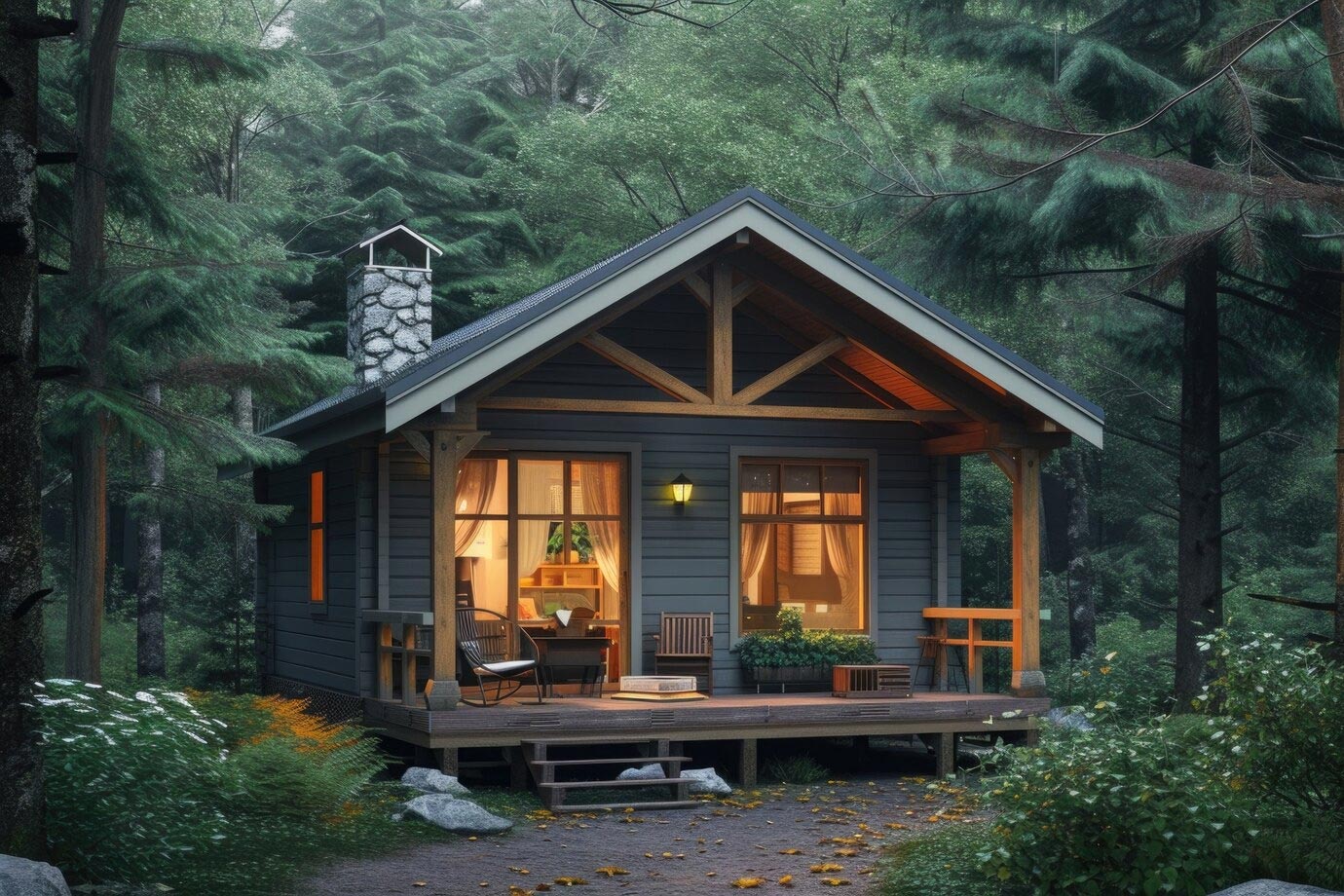Envisioning a cabin often conjures images of a cozy retreat nestled in a serene landscape, offering a perfect escape from the hustle and bustle of daily life. But what exactly makes a good cabin? The essence of a good cabin blends functionality, comfort, aesthetics, and harmony with the environment, creating a space that is both inviting and practical.
**Design and Architecture**
A well-designed cabin starts with thoughtful architecture. The style can range from rustic to modern, but the key is that it complements its surroundings. Utilizing natural materials such as wood and stone can help integrate the cabin into the landscape. Large windows are also pivotal, as they bring in natural light and offer expansive views of the outdoors, which is a vital element of cabin living.
**Size and Layout**
Size does matter when it comes to cabin design. A good cabin should be compact enough to feel cozy yet spacious enough to accommodate the needs of its occupants. Efficient use of space is crucial; built-in storage, multi-functional furniture, and cleverly designed living areas can make a small cabin feel surprisingly roomy. The layout should prioritize ease of movement and a logical flow between spaces, enhancing the overall functionality and comfort.
**Comfort and Amenities**
Comfort in a cabin is achieved through more than just furniture choices; it encompasses the heating, insulation, and amenities provided. A good cabin will have efficient heating systems to provide warmth on chilly evenings, and quality insulation is critical for keeping the heat in and the cold out. Amenities like a well-equipped kitchen, a functional bathroom, and comfortable sleeping areas are non-negotiable for enjoyable cabin life.
**Connection with Nature**
One of the primary reasons people retreat to a cabin is to reconnect with nature. Therefore, a good cabin will make this interaction effortless. This could be through the inclusion of outdoor living spaces like decks or porches, paths that lead into the woods, or large windows and glass doors that open up to the outdoors. The orientation of the cabin should also consider the sun’s path for maximum natural light and optimal views.
**Durability and Maintenance**
The materials and construction methods used in building a cabin should ensure that it stands the test of time with minimal maintenance. This involves using durable materials that can withstand the local climate and environmental conditions. A good cabin will also be easy to maintain, allowing more time to be spent enjoying the cabin experience rather than upkeeping it.
**Sustainable Practices**
Today, a good cabin also means a sustainable one. This includes using renewable materials, ensuring energy efficiency, and minimizing environmental impact. Solar panels, water-saving fixtures, and environmentally friendly septic systems are just a few examples of how cabin construction can be mindful of its ecological footprint.
**Personal Touch**
Finally, a good cabin reflects the personality and style of its owners. It’s a personal retreat, and its interior and exterior should resonate with the personal tastes and comforts of those who use it. Whether it’s through the choice of decor, the layout of the living spaces, or the amenities included, a cabin should feel like a home away from home.
In conclusion, a good cabin is much more than just a structure; it is a sanctuary that offers comfort, functionality, and a deep connection with nature. By focusing on thoughtful design, appropriate amenities, sustainable practices, and personal touches, one can create a cabin that not only serves as a temporary getaway but also stands as a beloved retreat for generations to come.

Leave a Reply